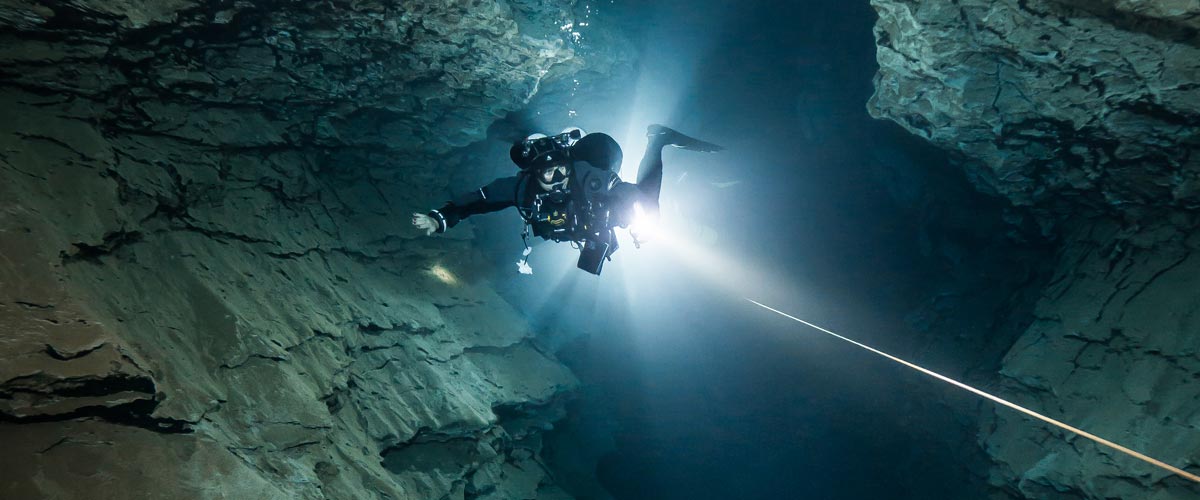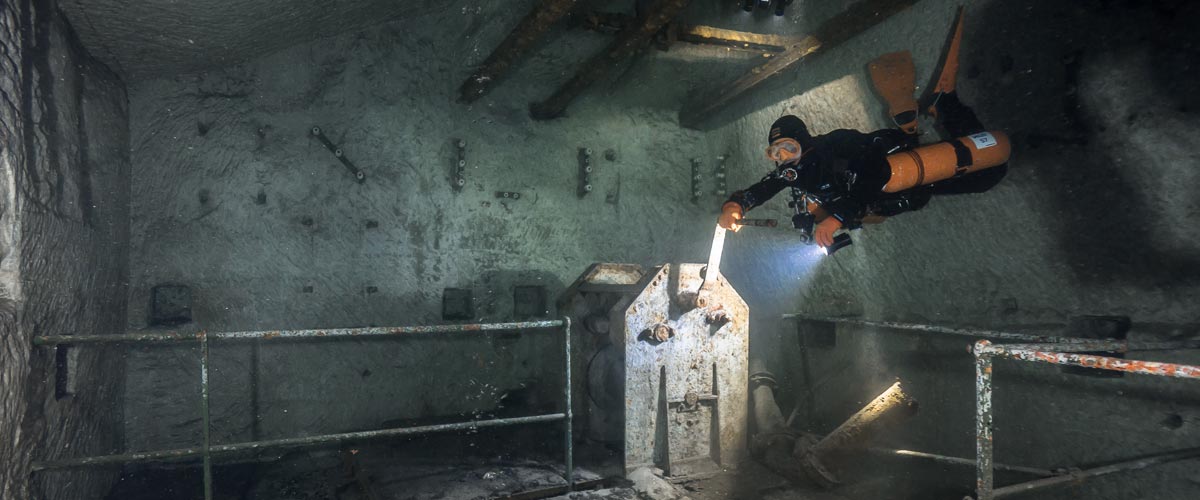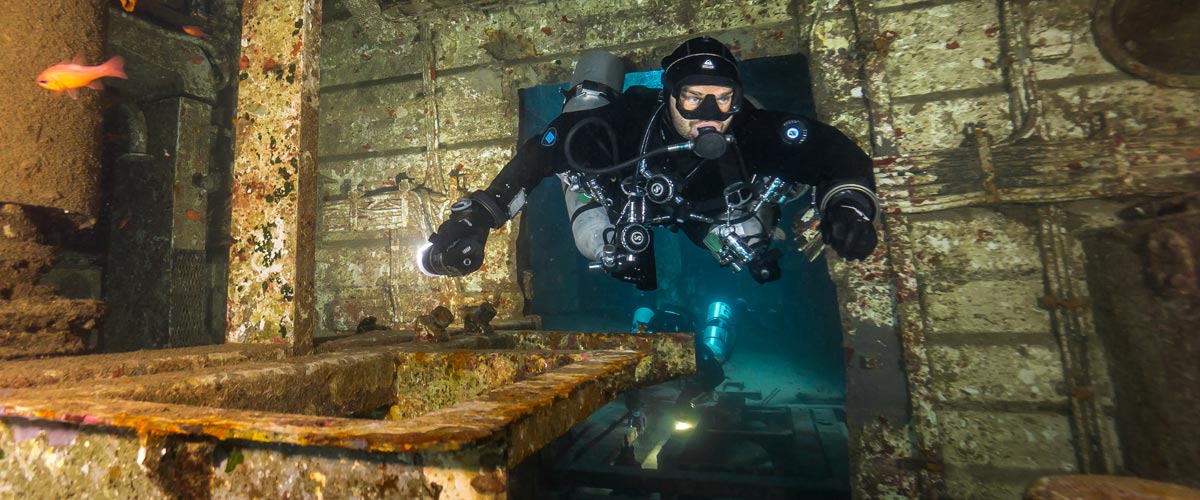Dive Training Blogs
New Ideas on Narcosis
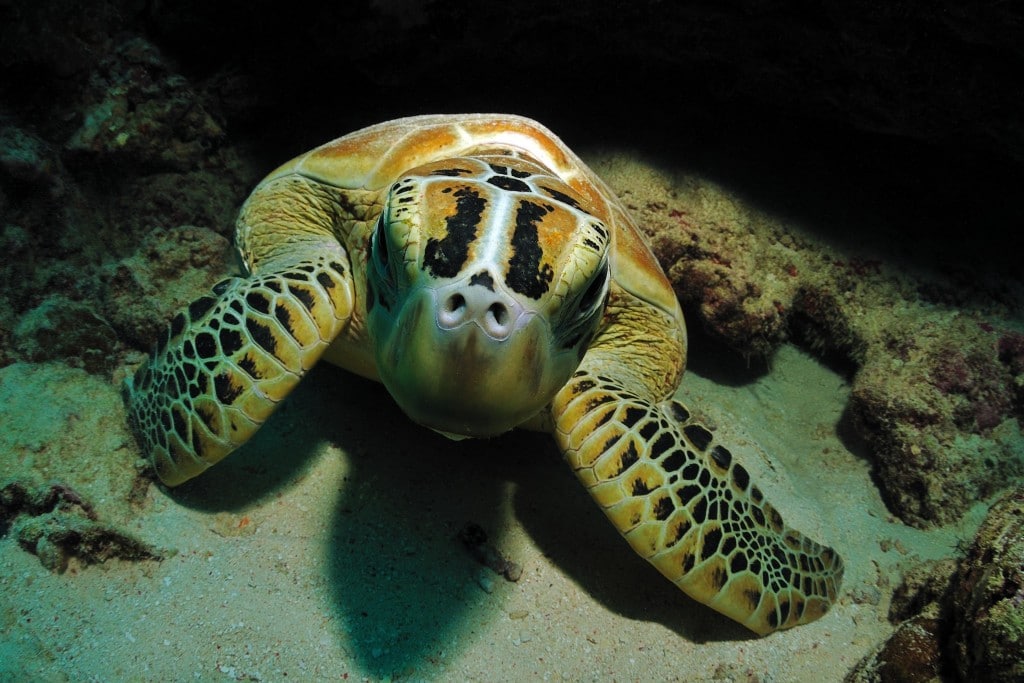
In the first in a new series adapted from his latest book, Scuba Physiological – Think you know all about Scuba Medicine? Think Again! best-selling Author and Diving Professional Simon Pridmore delves into the subject of Nitrogen Narcosis…
The chapters in Scuba Physiological were originally written by scientists in the field of decompression research as part of a three-year project called PHYPODE (Physiology of Decompression). My (self-appointed) task was to rewrite their sometimes-complex research in a form accessible to all divers.
The researchers raised some eye-opening thoughts on nitrogen narcosis, showing that it is something that most divers THINK they understand but few actually do.
What is Nitrogen Narcosis?
Nitrogen narcosis is a condition affecting the physical and mental state of people who breathe air or mixtures containing nitrogen (or other inert gases) at pressures greater than 3 to 4ATA. Conventional scuba diving theory holds that narcosis occurs when molecules of a narcotic gas expand the volume of a hydrophobic membrane – an idea referred to as the “lipid theory”. However, recent studies have discredited this concept and revealed that, in fact, nitrogen narcosis occurs via the production, release and uptake of some brain neurotransmitters.
Everyone is affected by narcosis to some extent when they dive deep. Responsiveness can differ from person to person, but it is commonly accepted that the effects begin around 30m (100ft), although some people may experience effects of narcosis from 21m (70ft). The signs and symptoms cover a wide range of severity, from mild performance impairment to hallucinations and general anaesthesia. The deeper you go, and the longer you stay, the more severe the symptoms become.
Nitrogen narcosis is a more serious concern than many divers believe. In order to operate effectively underwater, a diver has to master a considerable number of different skills that rely on manual dexterity, motor coordination and both short-term and long-term memory. These skills are essential to staying safe in situations where precise actions and accurate judgement are required. And these skills are the ones adversely affected by nitrogen narcosis.

‘Beware of distorted perception…’ Photo: William Bynum
What Causes Nitrogen Narcosis?
As the underwater environment in which divers operate is markedly different from the surface environment, it seems logical that environmental factors should influence performance and, over the years, the diving community has cited a number of these as contributing to the onset and severity of narcosis, albeit without much scientific evidence. For example, increased partial pressures of CO2 from hard work or heavy swimming are believed to enlarge cerebral vessels leading to a higher nitrogen presence in the brain. Other supposed environmental risk factors include alcohol use, being hungover, fatigue, anxiety or apprehension, the effects of motion sickness medication, rate of descent, task loading and time pressure stress.
From a scientific point of view, the evidence for most of this is not strong. Claims about whether something exacerbates or reduces narcosis have often been based on fuzzy criteria and this has led to divers being given some dubious advice. The science shows that all you can really be sure of is that ethanol exacerbates the signs and symptoms of narcosis and amphetamines alleviate them.
There are two ways to try and quantify the effects of nitrogen narcosis. The first is a behavioural approach, measuring task performance such as mental arithmetic, memory, reaction time and manual dexterity. Although these behavioural studies have confirmed progressive deterioration as the surrounding pressure increases, many of the tests are unreliable because motivation, experience and learning can influence the results.
The second approach relies on observing changes in objective, measurable neurological parameters, using electro-encephalographic (EEG) recordings and the like. Several recent such studies have been conducted. These were the first to measure the effects of nitrogen narcosis during an entire dive AND for a period of time after the diver surfaces. Based on lipid theory, diver-training programs have always advised divers that, in the event of nitrogen narcosis, all they have to do to make the effects go away is ascend to a shallower depth. One of the most remarkable findings from these studies was that, not only is this not the case, but that the actual cerebral impairment caused by nitrogen narcosis persists for at least 30 minutes after SURFACING. So don’t dive and drive: not immediately anyway.
The studies also provided significant evidence that, when objectively measured, nitrogen narcosis may be influenced simply by pressure and the gas being breathed. It seems that the environmental factors referred to above have little or no impact.
Adaptation or Tolerance?
The diving community generally believes that divers can adapt to the signs and symptoms of nitrogen narcosis. This belief is based on experiments that reported an initial deterioration in task performance followed by significant improvement. However, on the contrary, scientific tests have generally been unable to confirm any habituation and researchers have concluded that sport divers do not develop tolerance to nitrogen narcosis.
Instead, it is more likely to be the case that divers who perform the same tasks over and over again will gradually find them easier to do and this may lead them to feel that they have developed narcosis tolerance. They think that they are really adapting to narcosis but, in fact, they are just learning to cope with it. A good analogy is habitual drunks who learn to cope with their impaired reflexes, cognitive functions and motor skills. The problem is, of course, that even though they may be able to deal with things better, they are still just as drunk.
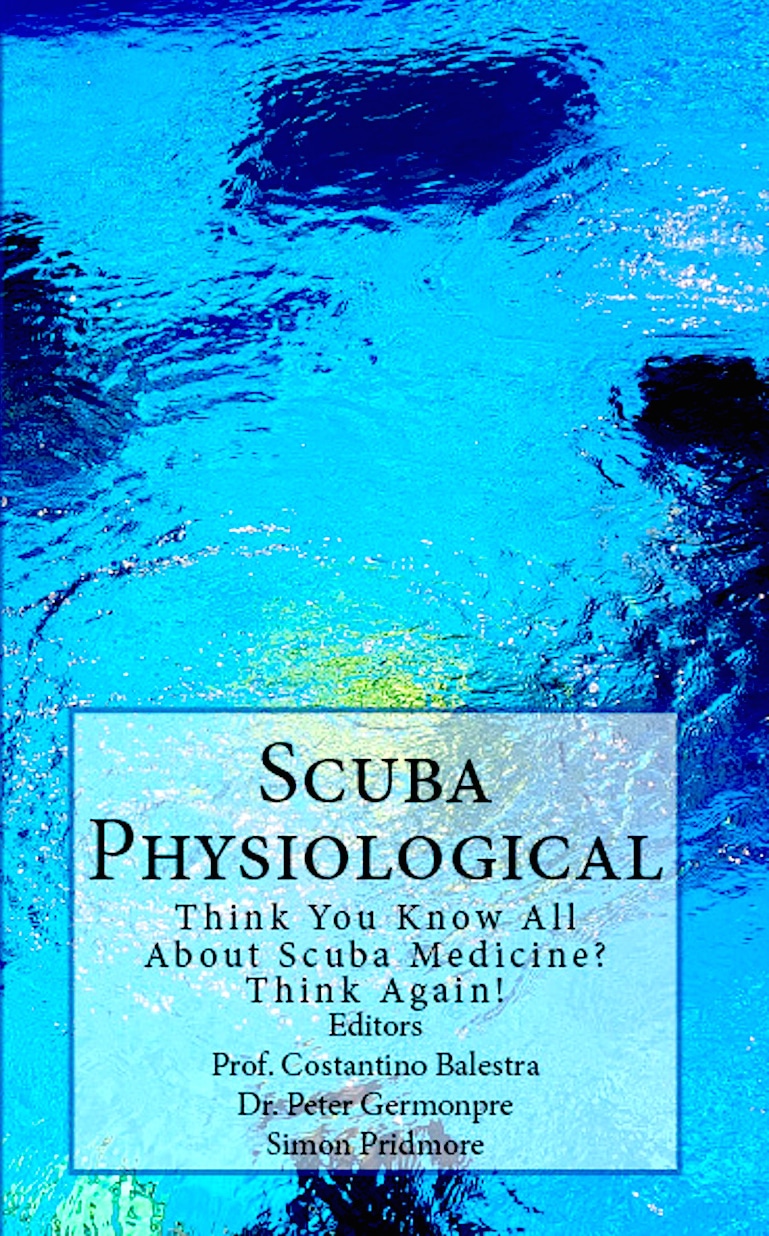 Take-home Messages
Take-home Messages
- Nitrogen narcosis can impair a diver’s ability to function effectively or even survive.
- Nitrogen narcosis alters the higher functions of the nervous system.
- Cerebral impairment from nitrogen narcosis persists for at least 30 minutes after surfacing.
- Divers cannot develop tolerance to nitrogen narcosis but they can learn to cope with it.
- You may feel less “narked” when you ascend from depth but, objectively; you are still just as “narked”.
More background on this research and further new ideas on narcosis can be found in Simon’s book Scuba Physiological – Think You Know All About Scuba Medicine? Think Again! available as an e-book from Amazon stores worldwide. Find our more about Simon and his books at www.simonpridmore.com.
Blogs
Intro to Tech: What is it about?
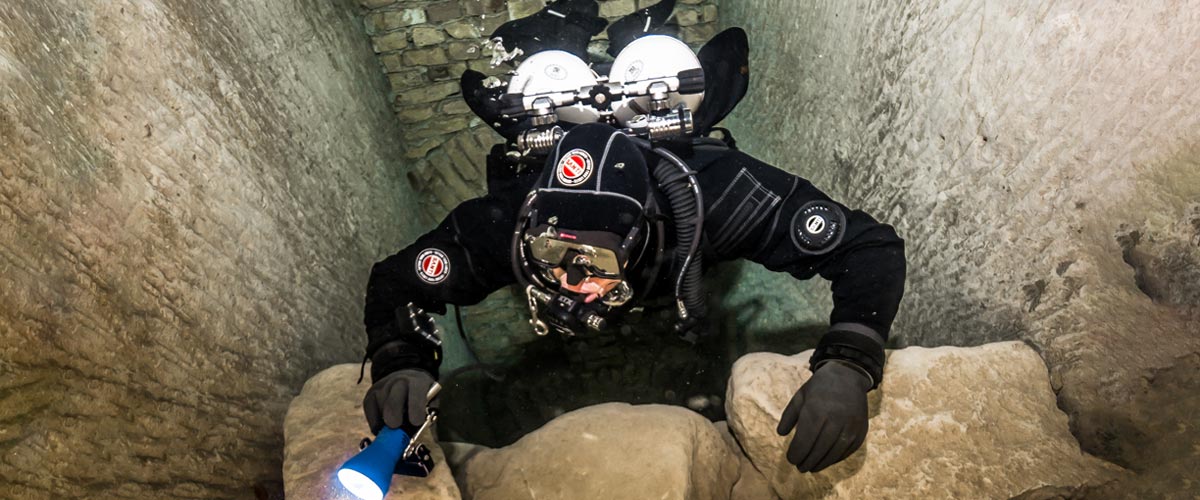
Article by José Pablo Mir
Pictures by Cezary Abramowski
The world of technical diving is exciting. It opens the door to new sites, depths, and bottom times. More importantly, it opens our minds to a new way of planning, facing, and experiencing dives, even those not purely technical.
Becoming a technical diver is a process, and like in other aspects of life, we should find the proper entry point that suits us best based on our knowledge and experience. The Introduction to Technical Diving course from TDI -the world’s largest and most recognized technical diving teaching organization- is the best option for divers who have yet to gain experience in the fundamental aspects of this new practice. The course’s content and its embrace of new techniques and technologies make it possible to acquire a solid foundation to learn and gain experience in this practice properly.
Becoming a technical diver is not something that happens overnight, whether deciding to become one or receiving a certification card stating we are now technical divers. It is a slow process extending farther away than any introductory course. It requires effort and dedication. But it will bring us satisfaction from day one -or two.
It is a matter of mentality
First, we must understand and accept that technical diving, involving greater depths, longer bottom times, exotic gases, virtual or real ceilings, and more, comes with higher levels of risk than the sport diving we have been practicing until now.
Although this discussion usually starts with a warning about risks, as I’ve done in the previous sentence, our practice is not a game of chance.
Technical diving is a rational activity that requires maturity and good judgment, and we will put everything into ensuring that each dive is a successful one -meaning we return from it safe and sound. With this understanding, we will strive to establish a mental attitude more aligned with our practice and its realities.
This new “technical diver” mindset we will develop will lead us to be more cautious in our executions, more analytical in our plans, more rational in our strategies, and more detailed in our procedures.
Experience will keep teaching us to know ourselves better, to keep our anxiety and other emotions under control, and to manage our impulses. Over time, our senses will sharpen, and we will be more attentive to the particulars of the situation we find ourselves in.
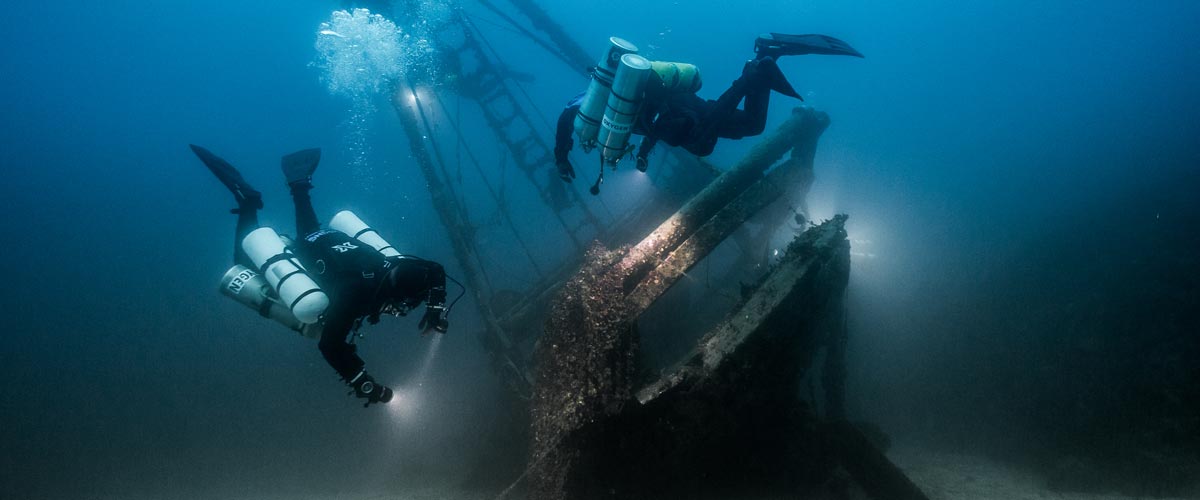
Strategies and procedures
Our strategies, those broad guiding lines tracing the path to follow, from how to approach planning to where, with what, and how we are willing to get there, will be more specific and more practical. Not because they magically become so, but because we will consciously and deliberately frame them that way.
We will establish clear, concise, and realistic procedures. Not only for the undesirable situations that may present themselves but also for those that are part of our dive objectives.
Even though, as technical divers, we often use equipment different from what we were previously accustomed to, it is essential to note that the gear does not make the diver. In a way, we could consider such equipment as the necessary tools to implement what our goal seeks to achieve, according to our strategies and procedures.
Technique plays an important role
We must put our greatest effort into learning and perfecting the different techniques we will be acquiring. Buoyancy, trim, propulsion, cylinder handling, deploying DSMBs and lift bags, valve drills, and more are essential skills we must begin to master to progress in our art. What we cannot do, when we need to do it, can harm us.
Our techniques must be effective and achieve the purpose for which they were devised. But they must also be efficient and require the least resources possible, including the time they take and the effort they demand. Effectiveness and efficiency will prevail over beauty and other considerations that may come to mind, although none of them should be mutually exclusive. A technique executed efficiently and effectively tends to have an inherent beauty.
Refining techniques is a lifelong mission. Some of them will be easy to master from the go; others, on the other hand, will be our life mission and will require many repetitions just to resemble the idea we have in mind of how they should be executed.
We must consider the environment
Our learning, the needs and musts of the practice we engage in, the experience we gradually gain, our strategies and procedures, and even our equipment and tools change with the environment.
Diving in the ocean, everything about us must be suitable for ocean dives. Conditions there rarely emulate those found in a pool, lake, or river. Variable winds and currents, greater depths, visibility conditions, other divers with uncertain skills around us, marine life, maritime traffic, distance from the coast, and many other factors add complexity and uncertainty.
It is never necessary to master the pool on the first day, but planning and aspiring to gradually cope with the ocean’s conditions is essential.
The cost of good training
We are aware that our resources are often scarce in relation to the possibilities of use we could give them if they were not. To a greater or lesser extent, we are part of the economic reality in which we are embedded.
Fortunately, the cost of good technical diver training is not an entry barrier. Comparing training and equipment costs, we see that the former are generally lower. Yes, lower cost for personalized service, essential to our future
performance and safety, than for a series of mass-produced products that are mere, albeit necessary, tools for an end.
The value of good training
The value of the training we received encompasses a range of characteristics, from emotional and methodological to technical and technological. TDI and its Introduction to Technical Diving course offer a deep and modern approach, with a teaching strategy that aims to create thinking divers, not merely obedient ones.
As technical divers, our knowledge is our primary tool. In this type of activity, what we don’t know can harm us.
Is this course optional?
Unfortunately, the fact that this Introduction to Technical Diving course is not a prerequisite for any subsequent training is an invitation to consider it optional. And we all know what usually happens to “optional” under budget constraints.
However, this course should be seen as optional only by those divers who are somehow familiar with the use of technical equipment, who have a mindset more in line with the requirements of this type of diving, who plan and execute the dives the proper “technical” way, who know their gas consumption rate, who are not intimidated by non-decompression tables, who feel comfortable using their dive computers, and know the techniques and have at least an acceptable level of buoyancy, positioning, and propulsion. Those can go straight to a more advanced training course, such as TDI’s Advanced Nitrox.
We must ask ourselves whether or not we are in that group.
Remember our goal: to have fun
Recreational diving is our passion. Jumping into the water carrying heavy equipment and having properly dotted our I’s and crossed our T’s have only one ultimate goal: fun. This is the activity we have chosen as a hobby. We must enjoy it; it must give us pleasure and make us vibrate.
Having a good time is not optional!
Blogs
Four opportunities to go pro in 2024 with Dive Friends Bonaire
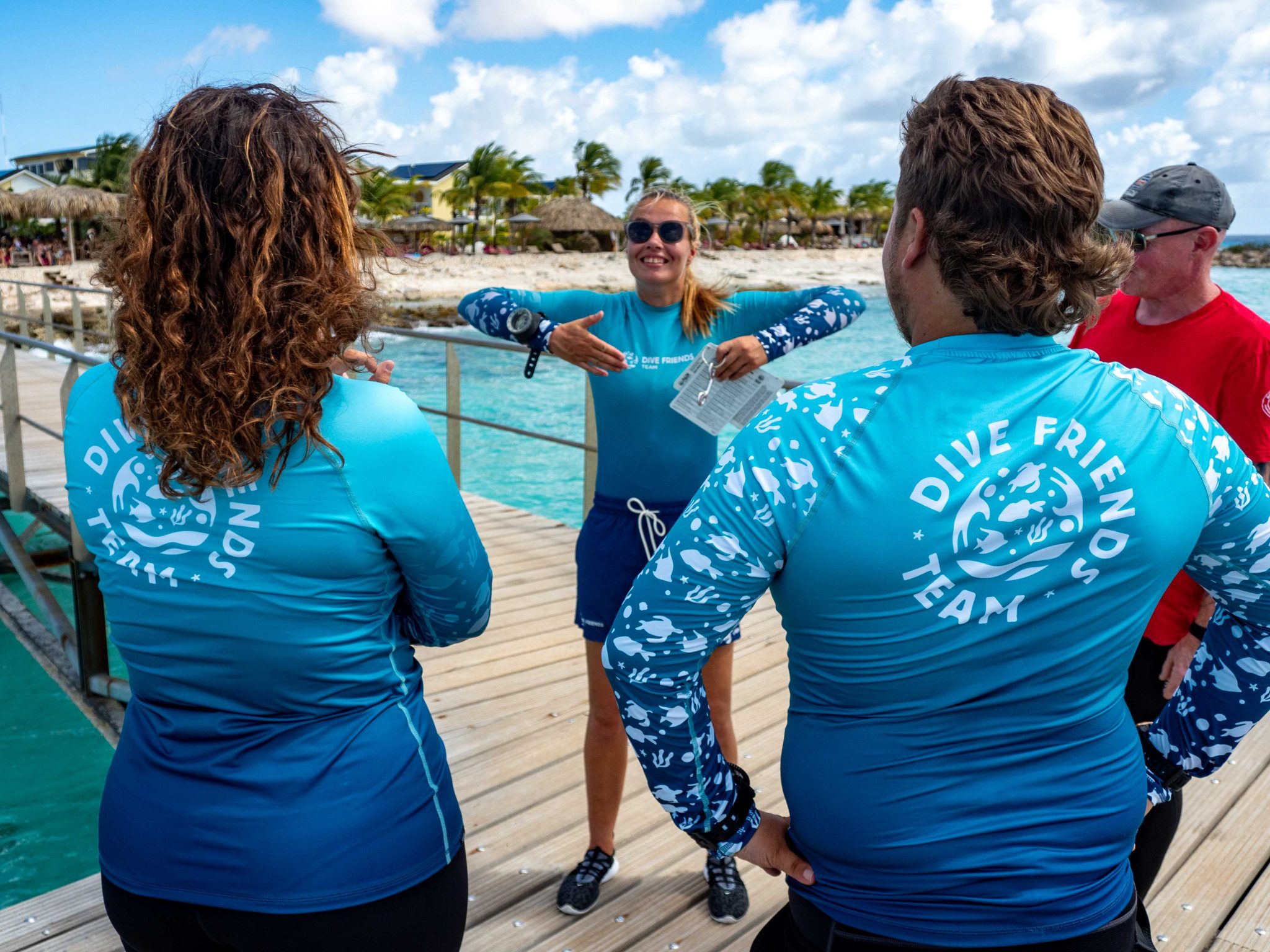
Dive Friends teaches the Instructor Development Course (IDC) several times a year to students who are eager to share their passion for diving with the world.
Dive Friends is known for the personal approach throughout the course. Their in-house course director will lead the students through every essential step, mentoring them to achieve their fullest potential as a dive instructor.
Applications for the following IDC start dates are now open:
- 12 April
- 5 July,
- 20 September
- 29 November
Partnership with Casita Palma
If the student opts for the IDC-Deluxe or IDC-Supreme package, their accommodation will be arranged for them at Casita Palma. This small and quiet resort is within walking distance from Dive Friends Bonaire’s main dive shop location and has everything you need to relax after an intense day of IDC training. Breakfast is included, so the student will always be fuelled and ready for their day.
Contact Dive Friends Bonaire’s Course Director Eddy for more information: coursedirector@divefriendsbonaire.com.
-

 News3 months ago
News3 months agoHone your underwater photography skills with Alphamarine Photography at Red Sea Diving Safari in March
-

 News3 months ago
News3 months agoCapturing Critters in Lembeh Underwater Photography Workshop 2024: Event Roundup
-

 Marine Life & Conservation Blogs3 months ago
Marine Life & Conservation Blogs3 months agoCreature Feature: Swell Sharks
-

 Blogs2 months ago
Blogs2 months agoMurex Resorts: Passport to Paradise!
-

 Blogs2 months ago
Blogs2 months agoDiver Discovering Whale Skeletons Beneath Ice Judged World’s Best Underwater Photograph
-

 Gear Reviews2 weeks ago
Gear Reviews2 weeks agoGEAR REVIEW – Revolutionising Diving Comfort: The Sharkskin T2 Chillproof Suit
-

 Marine Life & Conservation2 months ago
Marine Life & Conservation2 months agoSave the Manatee Club launches brand new webcams at Silver Springs State Park, Florida
-

 Gear Reviews3 months ago
Gear Reviews3 months agoGear Review: Oceanic+ Dive Housing for iPhone















